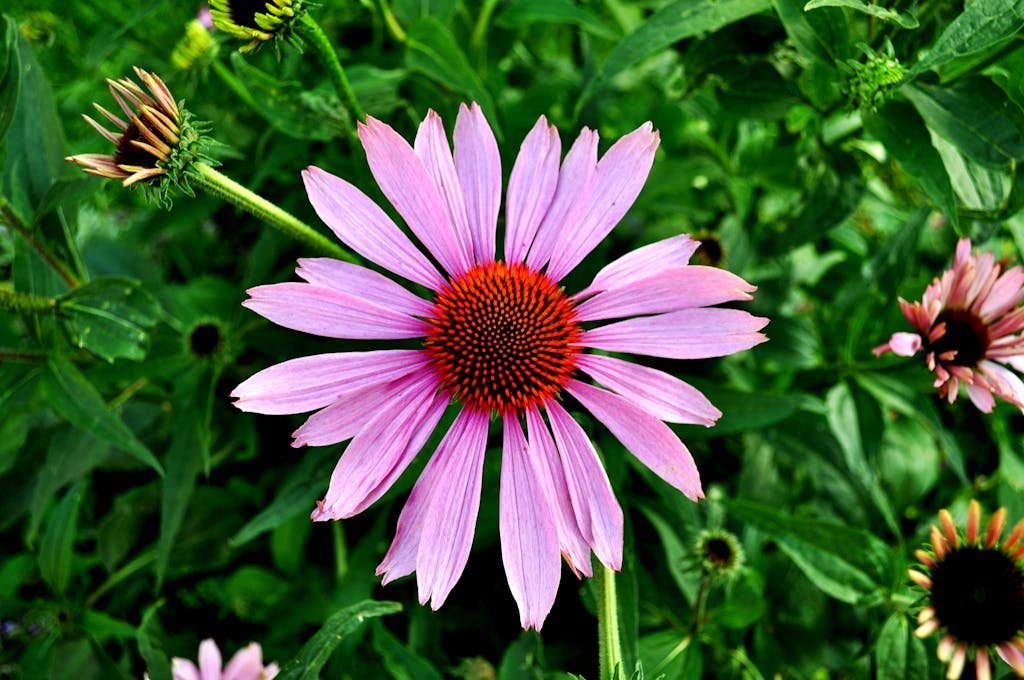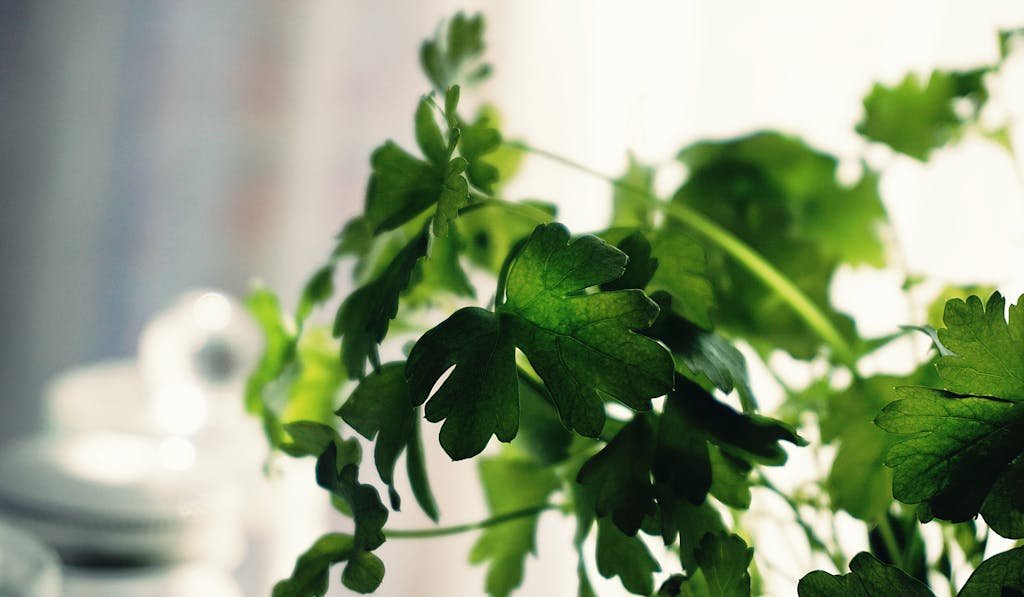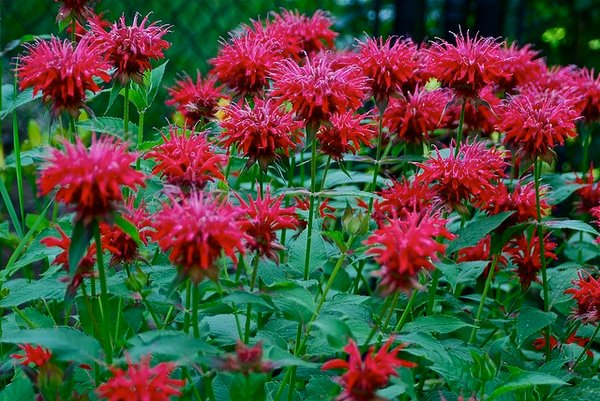Echinacea – (Echinacea Purpurea)
Echinacea Echinacea Purpurea, commonly known as Purple Coneflower, isn’t just a feast for the eyes with its vibrant hues. It’s a powerhouse of wellness, deeply rooted in traditional medicine. This perennial plant, native to North America, has captured the interest of health enthusiasts worldwide for its immune-boosting properties.
Beyond its beauty, Echinacea Purpurea holds a treasure trove of benefits that extend well beyond the common cold defense. Researchers and herbalists alike are delving into its potential to combat a range of ailments, making it a staple in many home gardens and natural remedy cabinets. Let’s explore the magic behind this floral marvel and why it’s more than just a pretty face in the world of botanicals.
Key Takeaways
- Echinacea Purpurea, also known as Purple Coneflower, is celebrated for its immune-boosting properties and is widely used in traditional and modern medicine to prevent and treat a variety of ailments, including the common cold and flu.
- Scientific research has identified active compounds in Echinacea, such as alkamides, glycoproteins, and polysaccharides, which contribute to its immunostimulatory and anti-inflammatory effects, as well as its ability to enhance antioxidant status in the body.
- Echinacea Purpurea’s versatility extends beyond health benefits, as it serves a dual purpose in gardens by beautifying the landscape and attracting pollinators like bees and butterflies, contributing to ecosystem health.
- Clinical studies and meta-analyses have underscored Echinacea’s effectiveness in reducing the duration and severity of cold symptoms, highlighting its role as a natural alternative to pharmaceuticals for immune support.
- It’s essential for individuals to consult healthcare professionals before adding Echinacea Purpurea to their wellness regimen, particularly those with autoimmune diseases or allergies to plants in the daisy family.
- Growing Echinacea Purpurea is relatively easy in a range of climates (USDA zones 3-9), requiring full sunlight, well-drained soil, and minimal care post-establishment, making it accessible for home gardeners to cultivate for both ornamental and medicinal uses.
What is Echinacea Echinacea Purpurea?
Echinacea Purpurea, commonly referred to as the Purple Coneflower, stands out as a prominent figure in the realm of natural remedies and ornamental gardening. Originating from North America, this herbaceous perennial is celebrated not only for its striking purple blossoms but also for its substantial health benefits.
The plant thrives in hardiness zones 3 through 8, making it a versatile addition to various garden environments. Beyond its aesthetic appeal, Echinacea Purpurea has been the subject of numerous scientific studies aimed at unlocking its potential in boosting the human immune system. Key research findings suggest that the plant contains compounds such as alkamides, glycoproteins, and polysaccharides, which collectively contribute to its immunostimulatory effects.
Health Benefits of Echinacea Purpurea
Echinacea Purpurea’s rise in popularity is largely attributed to its immune-boosting properties. It’s commonly used to prevent and treat the common cold, flu, and other infections. A meta-analysis of randomized controlled trials revealed that Echinacea could reduce the chances of developing a cold by 58% and shorten the duration of a cold by 1.4 days.
- Immune Support: Enhances the immune system’s response to infections.
- Anti-inflammatory Properties: Offers relief from inflammation-related symptoms.
- Antioxidant Activity: Fights against oxidative stress, protecting cells from damage.
In the garden, Echinacea Purpurea serves a dual purpose. It not only beautifies the landscape but also attracts pollinators such as bees and butterflies, vital for the health of the ecosystem. The plant’s low maintenance requirements and resilience to drought stress further solidify its place as a garden favorite.
Research continues to explore the full spectrum of Echinacea Purpurea’s health benefits, with studies delving into its potential to aid in wound healing and combat more serious ailments. As more discoveries come to light, Echinacea Purpurea secures its status as a powerhouse in both the botanical and healthcare fields.
The Health Benefits of Echinacea Echinacea Purpurea
Echinacea Purpurea, often hailed as a natural immune booster, stands out in the world of herbal remedies for its multiple health benefits. This plant’s rise in popularity is not unfounded, as numerous studies underline its effectiveness in enhancing the body’s immune response. Researchers have identified that Echinacea Purpurea contains a rich mix of active compounds including alkamides, glycoproteins, and polysaccharides, which collectively contribute to its immunostimulatory effects.
One of the most compelling aspects of Echinacea Purpurea is its ability to reduce the duration and severity of common cold symptoms. A significant study published in the Lancet Infectious Diseases journal demonstrates that Echinacea can decrease the duration of the common cold by 1.4 days on average, offering a promising alternative for those seeking relief without relying on pharmaceuticals.
In addition to its cold-fighting capabilities, Echinacea Purpurea has shown promise in combating inflammatory conditions. Its anti-inflammatory properties stem from its ability to inhibit cytokine production, a key player in the body’s inflammatory response. This makes Echinacea a beneficial supplement for those managing conditions such as arthritis and other chronic inflammatory diseases.
Echinacea Purpurea’s antioxidant properties also play a crucial role in its health benefits, helping to protect cells from oxidative stress and reducing the risk of chronic diseases. These antioxidant effects are supported by research indicating that Echinacea extracts can significantly elevate the body’s antioxidant status.
Despite the wealth of data supporting Echinacea Purpurea’s health benefits, it is important for individuals to consult healthcare professionals before incorporating it into their wellness regimen, especially for those with autoimmune diseases or allergies to plants in the daisy family.
With ongoing studies delving deeper into its potential uses, Echinacea Purpurea continues to be a subject of interest for researchers, herbalists, and individuals seeking natural ways to boost their health.
How Echinacea Echinacea Purpurea Boosts the Immune System
Echinacea Purpurea, often hailed for its therapeutic benefits, plays a pivotal role in bolstering the immune system. Research indicates that this herb enhances the body’s immunological defense mechanisms through several active compounds. Alkamides, glycoproteins, and polysaccharides in Echinacea are the key players in its immune-boosting properties.
One of the foremost ways Echinacea Purpurea contributes to immune health is by stimulating phagocytosis. This process involves the engulfing and destruction of invading pathogens by immune cells. Studies suggest that Echinacea’s ability to boost phagocyte activity can significantly enhance the body’s resistance to infections.
Furthermore, Echinacea Purpurea influences the production of cytokines, which are signaling proteins essential for immune responses. The herb promotes an optimal balance of cytokine release, which is crucial for a robust immune response without overstimulation that can lead to inflammation.
Clinical trials have shown promising results regarding Echinacea’s efficacy in reducing the duration and severity of cold symptoms. A meta-analysis of several studies underscores its potential to lessen the impact of common colds, attributing this capability to its complex mix of immune-modulating compounds.
| Study Details | Outcome |
|---|---|
| Meta-analysis of Echinacea research | Reduced cold duration and severity |
| Evaluation of phagocyte activity | Increased infection resistance |
It’s important to note that while Echinacea Purpurea is a powerful aid in supporting immune health, individuals should consult healthcare professionals before starting any new supplement, especially those with autoimmune conditions or allergies to the daisy family. As research continues, the understanding of Echinacea Purpurea’s role in immune health deepens, offering promising insights into natural ways to maintain wellness.
The Potential Uses of Echinacea Echinacea Purpurea in Treating Ailments
Echinacea Purpurea’s extensive history as a medicinal plant has led modern science to investigate its potential in treating various ailments. Researchers have identified anti-inflammatory and antioxidant properties in Echinacea, making it a focus for studies on immune health and beyond.
- Cold and Flu Prevention: One of the most well-documented uses of Echinacea is in the prevention and treatment of the common cold and flu. A meta-analysis published in the Lancet Infectious Diseases reported a significant reduction in the risk of developing common colds with Echinacea supplements. The review highlighted reduced cold duration and severity in participants who used Echinacea as preventive care.
- Anti-inflammatory Effects: The anti-inflammatory capabilities of Echinacea Purpurea suggest it could play a role in treating conditions associated with inflammation. Research in the Journal of Ethnopharmacology explored Echinacea’s effect on arthritis, where its use demonstrated potential in reducing arthritic pain and swelling.
- Skin Health: The herb’s antimicrobial and anti-inflammatory properties also extend to skin health. Echinacea Purpurea has been used in topical treatments to aid wound healing and treat eczema. A study in the International Journal of Molecular Sciences showed promising results in skin regeneration and the treatment of inflammatory skin conditions.
Despite these promising applications, Echinacea Purpurea isn’t a cure-all. Its effectiveness can vary among individuals, and it’s essential to use it as part of a comprehensive approach to health. Furthermore, because Echinacea can stimulate the immune system, individuals with autoimmune diseases or those taking immunosuppressive medication should approach its use with caution.
Always consult with a healthcare professional before incorporating Echinacea Purpurea or any new supplement into your regime to ensure it’s appropriate for your health needs and conditions. Continuous research into Echinacea Purpurea will undoubtedly unveil more about its efficacy and potential uses in the future.
How to Grow and Harvest Echinacea Echinacea Purpurea
Growing Echinacea Purpurea is a rewarding endeavor for both novice and experienced gardeners. This resilient herb thrives in USDA hardiness zones 3 through 9, making it suited for a wide range of climates. To cultivate Echinacea Purpurea successfully, one needs to understand its basic needs: full sunlight, well-drained soil, and minimal watering once established.
Planting Echinacea Purpurea
For optimal growth, plant Echinacea Purpurea in an area that receives at least 6 hours of direct sunlight daily. The herb prefers loamy soil with a neutral pH but is adaptable to slightly acidic or alkaline conditions. Spring or fall is the best time for planting. If starting from seeds, sow them 1/8 inch deep into the soil. Germination can take anywhere from 10 to 20 days. For those preferring a head start, purchasing young plants from nurseries is an effective alternative.
Care and Maintenance
Once Echinacea Purpurea plants are in the ground, they require minimal care. Water the plants regularly during the first growing season to establish a deep, extensive root system. Thereafter, they are quite drought-tolerant. Mulching helps retain soil moisture and keeps the weeds at bay.
Fertilization isn’t necessary for established plants, as Echinacea Purpurea thrives in relatively low-fertility conditions. However, an initial application of a balanced fertilizer can assist young plants in their developmental stage.
Harvesting Echinacea Purpurea
The best time to harvest Echinacea Purpurea is when the flowers are in full bloom, typically in the mid to late summer. Cut the flower heads in the morning after the dew has dried for optimal potency. Leaves and roots can also be harvested, with roots being best collected in the fall of the plant’s second or third year.
Drying the harvested parts is crucial for preservation. Spread the Echinacea parts in a single layer on a clean, dry surface and allow them to air dry away from direct sunlight. The dried Echinacea can then be stored in airtight containers and used for making teas, tinctures, or in preparations for topical applications.
Echinacea Purpurea stands out as a versatile herb with a wealth of health benefits and ease of cultivation. Its immune-boosting properties backed by scientific research make it a valuable addition to anyone’s wellness routine especially during cold and flu season. Not only does it offer potential in treating and preventing various ailments but it also promotes skin health and aids in wound healing.
While it’s important to approach with caution and seek professional advice before use its natural resilience and minimal care requirements make it an excellent choice for gardeners looking to add a medicinal plant to their collection. As research continues the future looks promising for Echinacea Purpurea’s role in health and wellness. Whether you’re looking to boost your immune system or simply enjoy the beauty and benefits of this remarkable herb growing and utilizing Echinacea Purpurea can be a rewarding experience.




